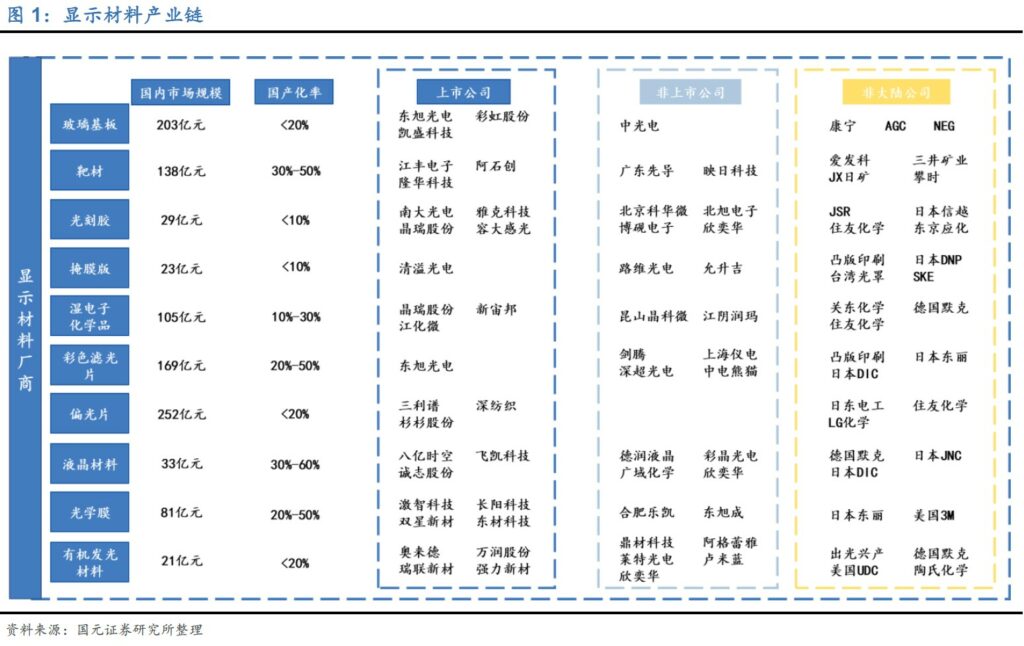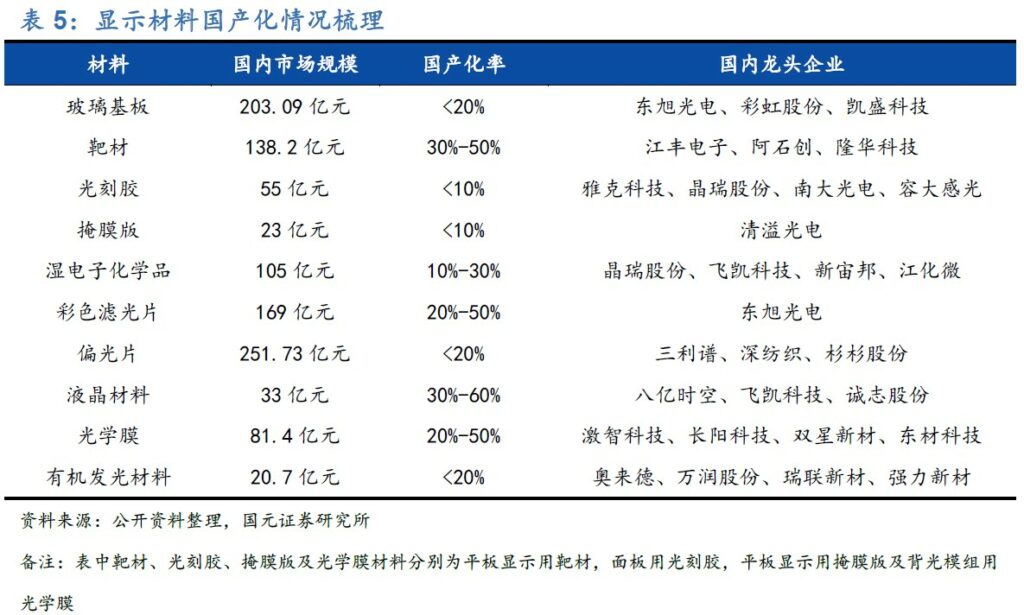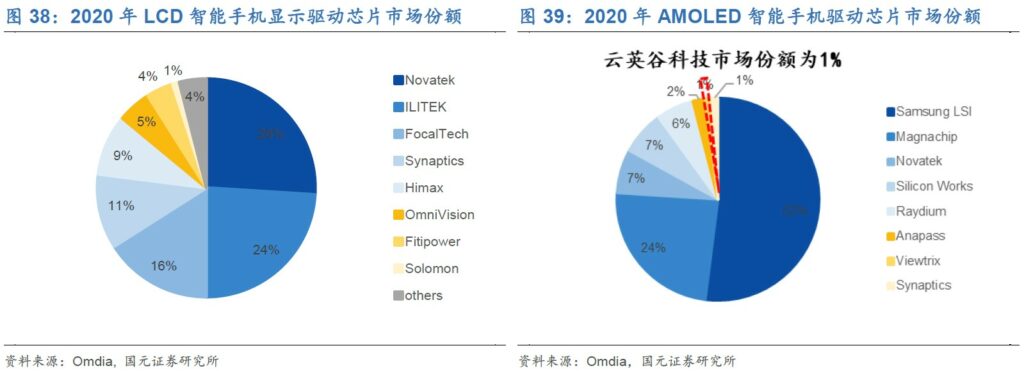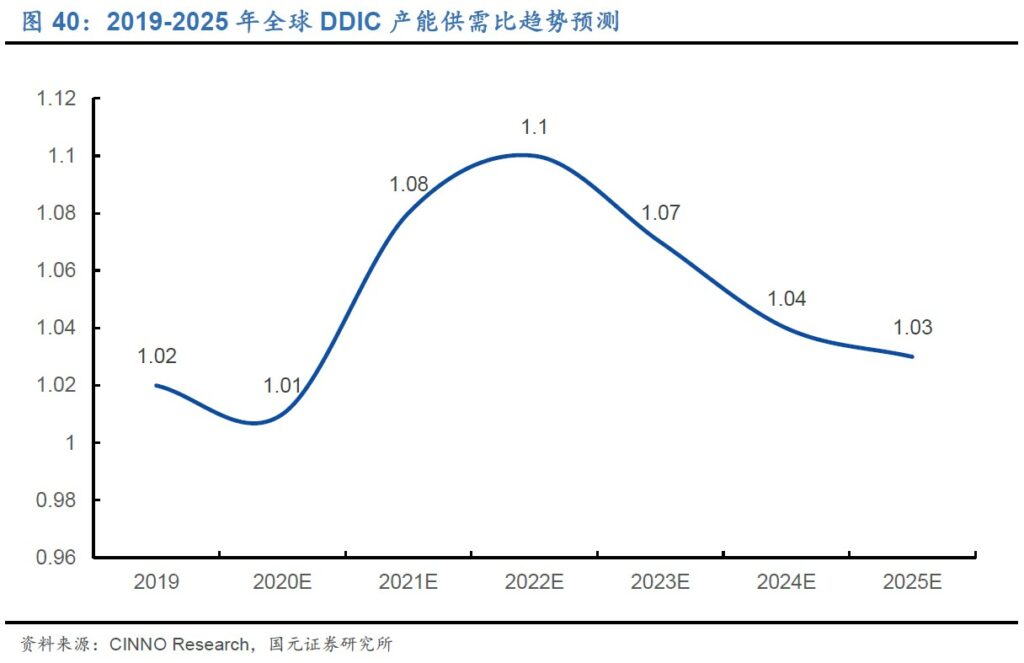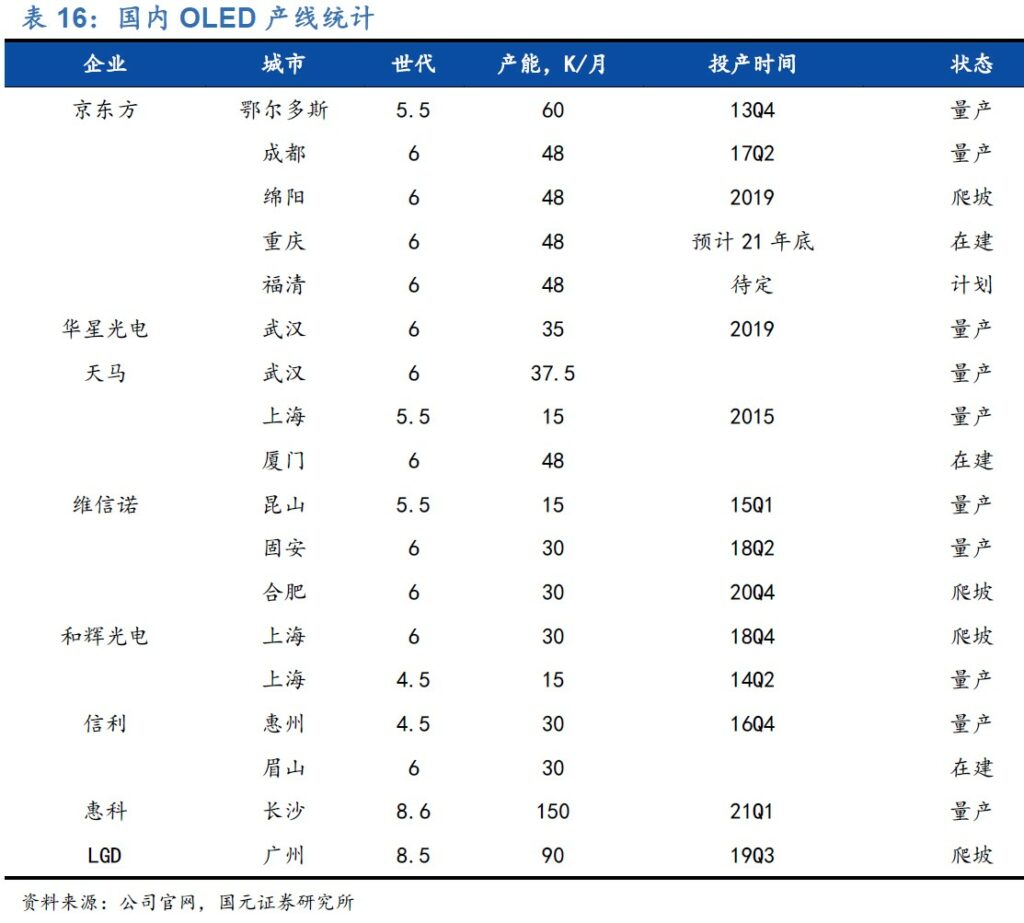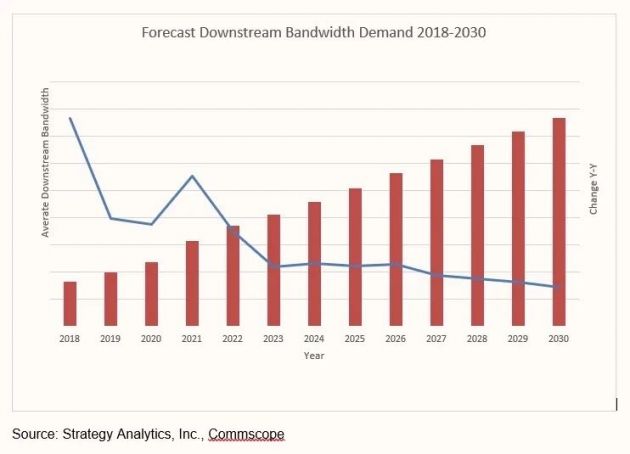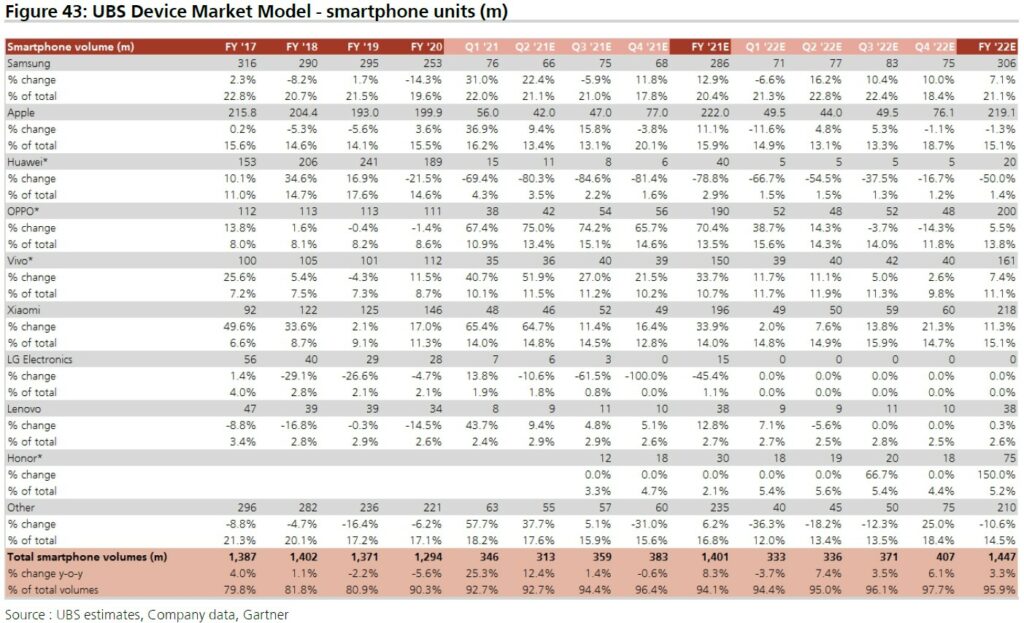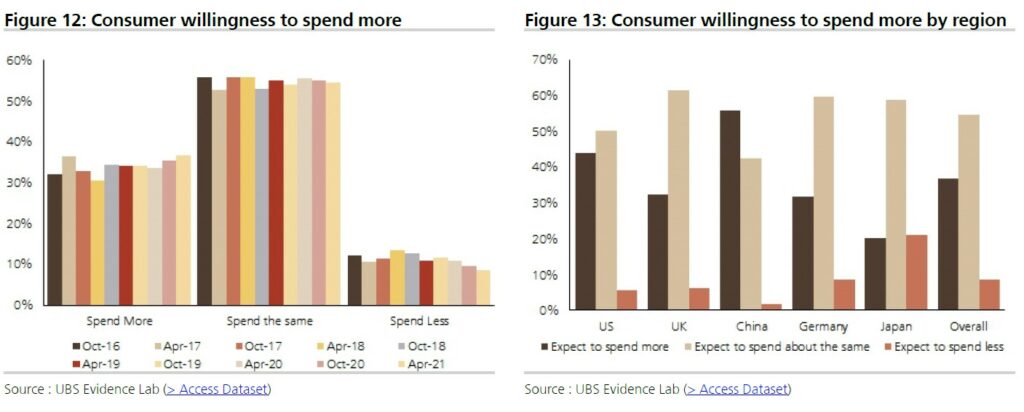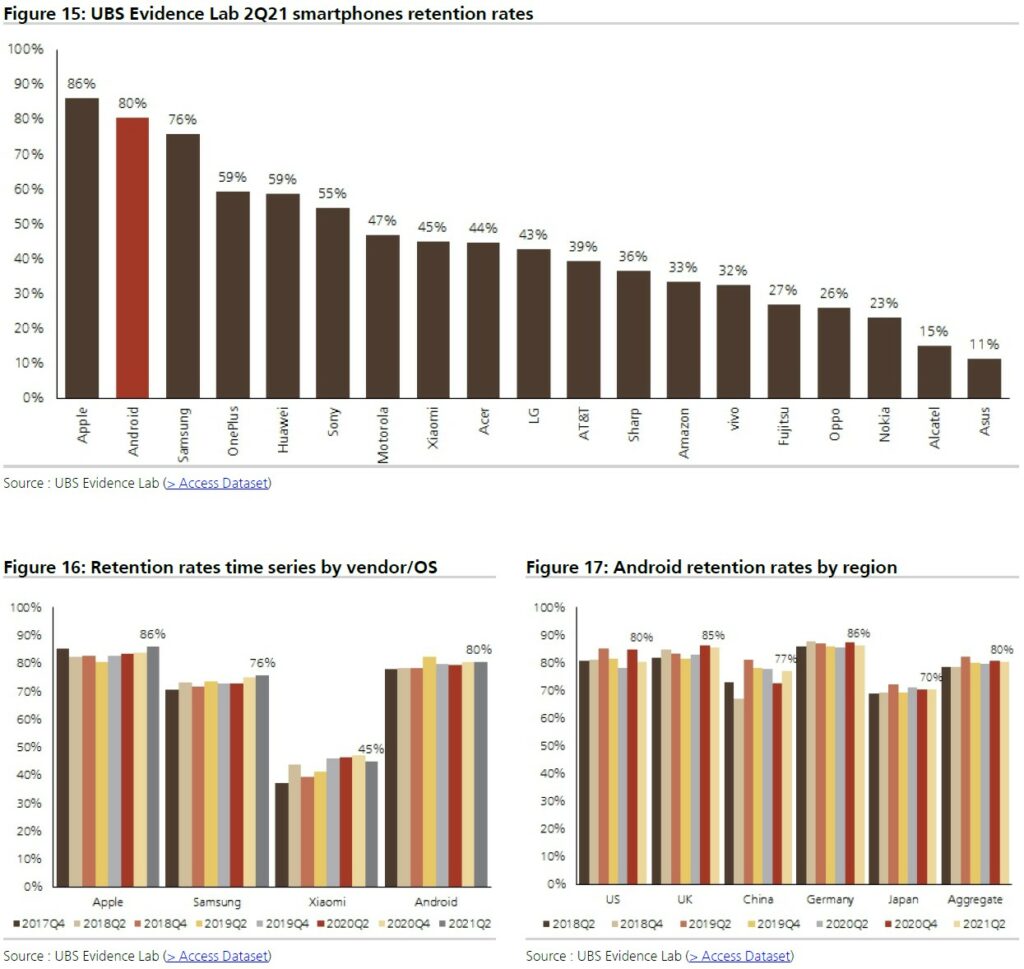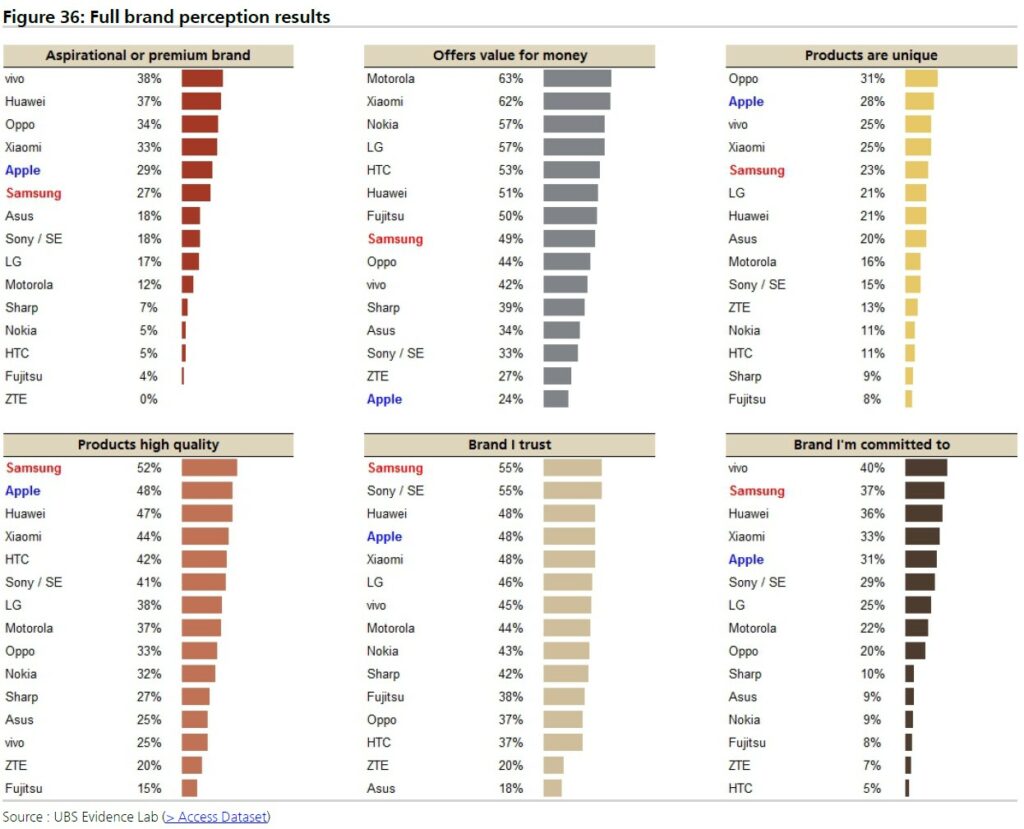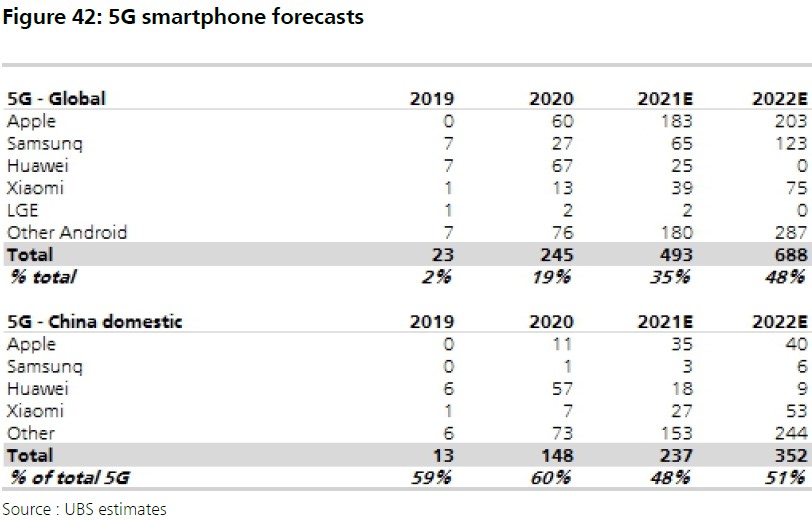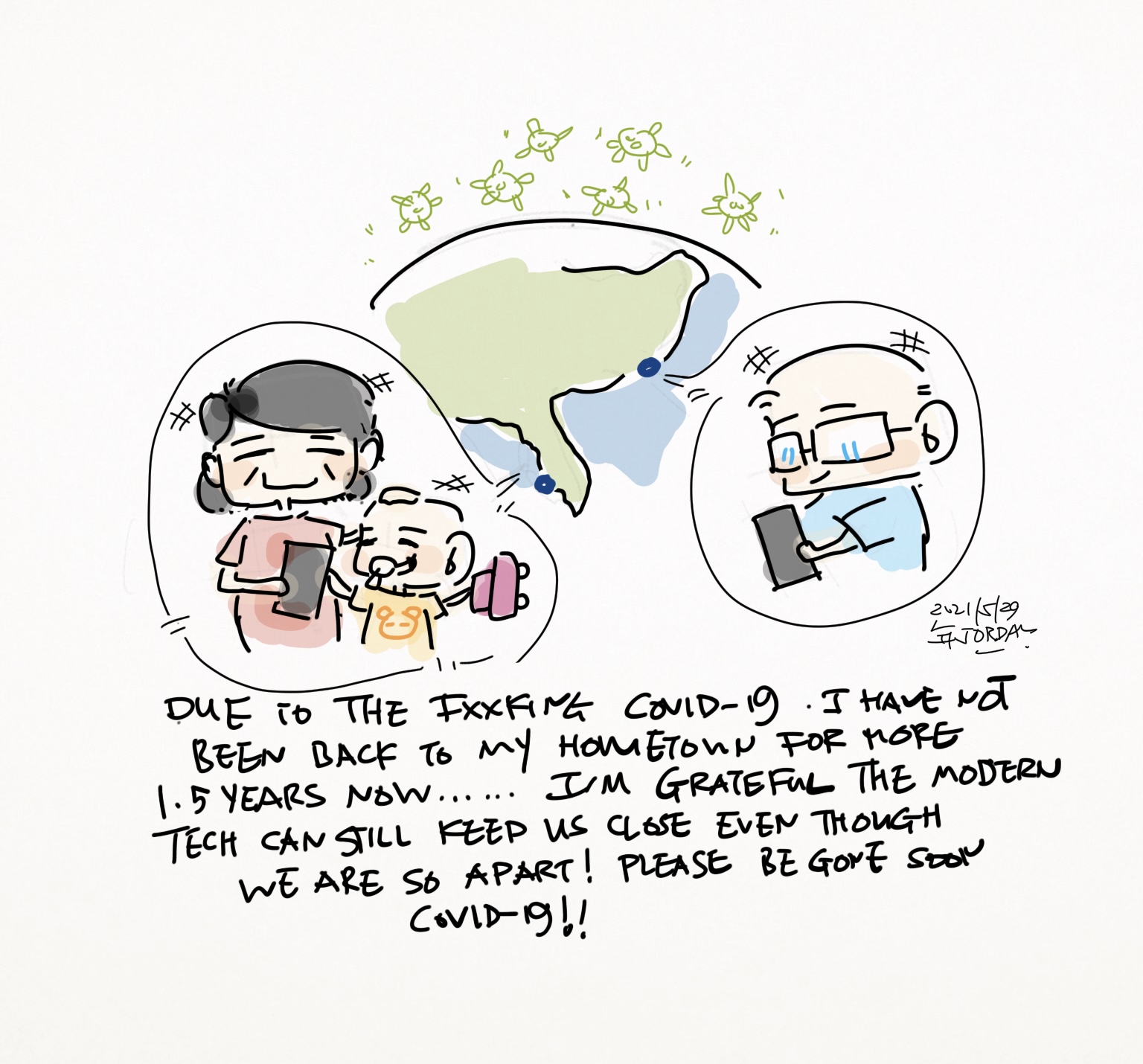
5-30 #ModernTech : Samsung Display and LG Display have begun OLED production for Apple; A rapidly spreading COVID-19 outbreak has left factories operating below capacity in Vietnam’s industrial northern provinces; Apple is reportedly readying a revamp of its entry-level AirPods for 2021; etc.
Worldwide semiconductor shipments were USD123.1B in 1Q21, up 3.6% from 4Q20 and up 17.8% from a year ago, according to WSTS. The 3.6% quarter-to-quarter growth was the highest for a first quarter since 1Q10, 11 years ago. The strong growth in 1Q21 implies strong growth in the following quarters and for the year 2021. However, supply constraints may limit semiconductor growth in 2021. Of the 12 companies which have reported for 1Q21, three had revenue declines from 4Q20 – Intel, Qualcomm, and STMicroelectronics. (Laoyaoba, SC-IQ)
Samsung Display has begun production for the OLED panels to be used in Apple iPhone 13 mid-May 2021. LG Display has also begun production recently. The pair started production earlier than 2020 from Apple’s request. Samsung Display is planning manufacture 80M units of OLED panels for the new iPhone. LG Display will be making 30M units. BOE still has the opportunity to supply OLED panels for the refurbished iPhone 13 series. (Laoyaoba, Apple Daily, The Elec)
As China’s domestic panel manufacturers gradually grasp the right to speak in the global market, the status of upstream and downstream enterprises in the industry chain has been greatly improved. Compared with Japanese and Korean manufacturers, domestic panel materials still have a big gap, their technical strength is backward, and there is a lot of room for development. For example, polarizers, with the full production of domestic manufacturers’ existing production lines, the annual demand for polarizers in China will reach 441 million square meters. The current localization rate is less than 20%, and there is a lot of room for substitution. Guoyuan Securities believes that with the gradual maturity of the domestic panel industry and the acceleration of the domestic substitution process, Chinese panel material manufacturers will usher in a golden period of development. (Guoyuan Securities report)
Currently most of the materials show that the level of localization of materials is low, and the market space and potential are large. After many years of technology development of mainland panel material manufacturers, some leading companies have strong development potential and competitiveness. As the global panel industry gradually shifts to the mainland, domestic material manufacturers are expected to continue to benefit from the localization process. (Guoyuan Securities report)
According to Omdia, Taiwanese companies dominate the LCD smart phone display driver chip market, occupying nearly 80% of the market in 2020, of which Novatek has a market share of 26%, ranking first; Illitek ranks at second with market share of 24%. In the AMOLED smart phone display driver chip market, Korean companies are in a leading position in the market. Samsung LSI has a 52% market share, and Magnachip has a 24% market share. (Guoyuan Securities report)
From the perspective of major foundry strategies, TSMC’s 8” production capacity is gradually shifting to high-margin products, SMIC and Hua Hong continue to increase DDIC-related production capacity, and Samsung and Hynix will tighten DDIC production capacity. Capacity crowding has reduced the supply-demand ratio of LDDI from 3.3% in 2019 to 1.7% in 2020, showing a supply contraction trend. TrendForce predicts that the LDDI supply-demand ratio will drop to 1.1% in 2021, and it will be difficult to alleviate the supply contraction in the first 3 quarters. Guoyuan Securities believes that driver ICs have been in short supply for a long time, or have become one of the key materials restricting the development of downstream panels. (Guoyuan Securities report)
There are a total of 20 OLED production lines built and under construction by Mainland Chinese manufacturers. After these production lines are completed and put into production, the estimated production capacity is about 886,500 pieces/month; deduct the two high-generation OLED production lines of HKC and LG Display. OLED production capacity is about 658,500 pieces/month, and China is expected to become the world’s largest supplier of OLED panels. (Guoyuan Securities report)
Voice coil motor (VCM) shipments for Apple iPhones are expected to start picking up in late Jun 2021 and outstrip those for Android handsets in Jul 2021, according to Digitimes. Japan’s Mitsumi and Alps are now main suppliers of VCMs for new iPhone camera modules, with the former significantly increasing contract production orders to Taiwan makers including Audix and Chinese peers such as Zhonglan Electronic Technology, JCT Electronics and GYZ Electronic Technology. The makers have been told to raise capacity by 30-40% to meet strong demand for iPhones. (Phone Arena, Digitimes, press, IT Home)
Western Digital has launched a number of new storage solutions aimed at professionals and content creators under the refreshed SanDisk Professional branding. The new SanDisk Professional branding builds on the company’s existing SanDisk and G-Technology brands. New products include 16 premium storage solutions aimed at professional content creators and enterprise users. (Apple Insider, Western Digital)
Madison River Equity LLC, a company associated with a cryptocurrency mine, is looking to install a 1,600-acre, 12-foot (3.7-meter) tall solar array outside the city of Butte. The project is called Basin Creek Solar Project. The installation would generate 300 megawatts a year. The entire state, according to the Solar Energy Industries Association, only had 116.8 megawatts of solar installed at the end of 2020. Madison River Equity is a subsidiary of a company called FX Solutions, which manages a crypto mining company called Atlas Power. (CN Beta, The Verge, Gizmodo, Montana Standard)
Strategy Analytics predicts that annual growth in consumer broadband Internet traffic will decline by 82% in 2018-2028. Since 1983, Nielsen’s Law has accurately predicted that the data rate of the highest available broadband service tier for cable consumers grows at a rate of 50% per year. This is sometimes taken as a proxy for both broadband service in general and for consumer demand. According to conventional wisdom, it will continue with no end in sight. This appears no longer to be true. (Strategy Analytics, CN Beta)
A rapidly spreading COVID-19 outbreak has left factories operating below capacity in Vietnam’s industrial northern provinces, where suppliers for Apple, Samsung and other global tech firms are located. Bac Ninh, where Samsung Electronics has significant operations, has imposed a curfew and other travel restrictions. Vietnam accounts for half of Samsung’s global phone and tablet production, according to the government. LG, Foxconn and Luxshare have operations or supply chain companies in the area. (Reuters, Laoyaoba, Channel News Asia)
UBS forecasts the smartphones market to continue to grow in 2022, but less so than in 2021. In 2021, the market is recovering post the depressed smartphones sales during the initial COVID-19 lockdown phases in 2020. Although followed by a strong acceleration, global smartphone units ended up declining 5.9% YoY in 2020. UBS forecasts 8.3% smartphones Sell-In unit growth YoY in 2021 to 1.40B, and 3.3% in 2022 to 1.45B. (UBS report)
UBS’ latest survey results show increased willingness to spend among consumers with an aggregate 37% of respondents indicating they expect to spend more on their next smartphone, up HoH (was 35% in 4Q20) and YoY (was 34% in 2Q20) whereas only 9% of respondents expected to spend less. This is particularly interesting in assessing if smartphones ASPs could continue to go up, or not. Note that in the very high end, Apple kept retail pricing flat for the iPhone 12 (compared to the iPhone 11) and Samsung actually reduced by USD200 the pricing for GS21 (vs. GS20). (UBS report)
Both Apple and Samsung’s expected retention rates (% of smartphones users declaring using a given brand and intending to buy a phone from the same brand next) reached all-time high in the survey. For Apple, retention rate stands at 86%, and Samsung 76%, with Android at 80%. This is both positive for Apple and Samsung, but also suggests limited “switch” between Apple and Android ahead. Also noteworthy in UBS’ view is the rise of retention rates for OnePlus to 59%. Retention rate for Xiaomi has slightly declined HoH and YoY to 45%. (UBS report)
Both Samsung and Apple’s brand perception appears relatively stable. Both continue to score particularly high in terms of brand’s trustworthiness and perception of products as high quality. Also worth noting is the continuing decline in the perception of “uniqueness” in both the iPhone and Samsung smartphones. This could suggest some perceived commoditization. (UBS report)
UBS forecasts global 5G smartphone unit Sell In for 2021 to be 493M (35% of total) and for 2022 to be 688M (47% of total), compared with their prior forecasts (Jan 2021) of 442M and 670M, respectively. (UBS report)
realme C25s is announced in Malaysia – 6.5” 720×1600 HD+ v-notch, MediaTek Helio G85, rear tri 48MP-2MP monochrome-2MP macro + front 8MP, 4+128GB, Android 11.0, rear fingerprint, 6000mAh 18W, MYR699 (USD169). (Gizmo China, NDTV, realme, BGR)
itel A23 Pro is launched in India – 5” 480×854 FWVGA TN, UNISOC SC9832E, rear 2MP + front 0.3MP, 1+8GB, Android 10.0 (Go), no fingerprint scanner, face unlock, 2400mAh, INR4,999 (USD69). (Gizmo China, NDTV, Business Standard)
Apple is reportedly readying a revamp of its entry-level AirPods for 2021 and a second generation of the AirPods Pro for 2022. The new base AirPods will mark the first update to the product since Mar 2019 and will add a new design that mostly mirrors that of the AirPods Pro. The AirPods Pro coming in 2022 will be the first change to that product since Oct 2019 and will include updated motion sensors with a focus on fitness tracking. (The Verge, Bloomberg, Engadget, GSM Arena)
Sony Group aims to sharply expand automation at its main television manufacturing base in Malaysia, turning to innovation to better compete with South Korean and Chinese rivals that have outpaced Japanese TV makers. The plan is expected to reduce production costs there by 70% from fiscal 2018 levels by fiscal 2023. Sony has introduced its first fully unstaffed production line at the facility outside Kuala Lumpur and will add the technology to other lines at the plant as well. (Laoyaoba, Asia Nikkei)
PayPal and Venmo, two popular financial apps, will soon allow users to send their cryptocurrency assets to a third-party wallet, eliminating the need to hold the digital coins on either platform. (CN Beta, Engadget, SlashGear)


